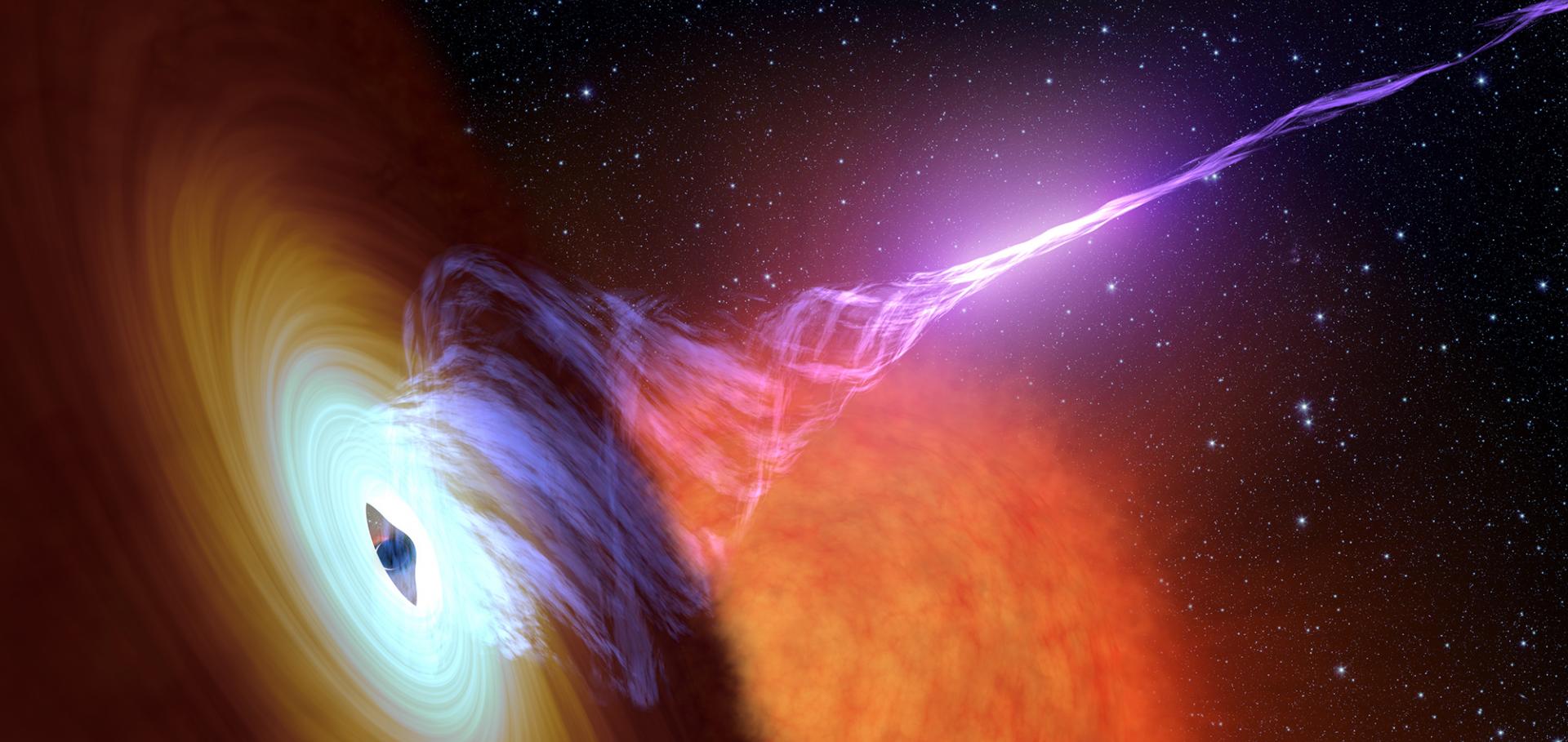A detailed radio study of the energetic, nearby and puzzling GRB 171010A
(2019)
The First Tidal Disruption Flare in ZTF: From Photometric Selection to Multi-wavelength Characterization
The Astrophysical Journal American Astronomical Society 872:2 (2019) 198
Tracking the variable jets of V404 Cygni during its 2015 outburst
Monthly Notices of the Royal Astronomical Society Oxford University Press (OUP) 482:3 (2019) 2950-2972
The twisted jets of Circinus X-1
Monthly Notices of the Royal Astronomical Society Oxford University Press 484:2 (2019) 1672-1686


